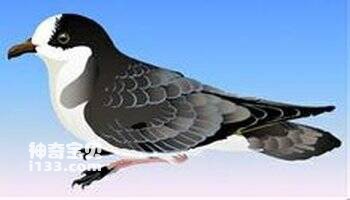
Pterodroma baraui
Pterodroma baraui,Barau's Petrel
Its scientific name is Pterodroma baraui and its foreign name is Barau&#···
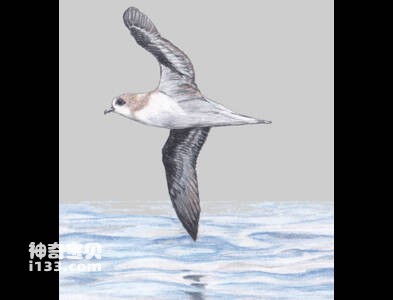
Pterodroma madeira
Pterodroma madeira,Zino’s Petrel
The madeira Shearwater (Latin name: Pterodroma madeira, English name: Zino&#···
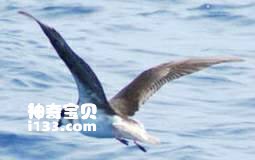
Pterodroma feae
Pterodroma feae,Cape verde Petrel
Cape verde Petrel, Pterodroma feae, feeds on fish and crustaceans. Specific ···
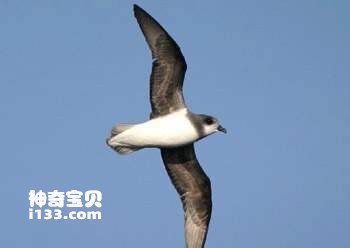
Pterodroma mollis
Pterodroma mollis,Soft-plumaged Petrel
Its scientific name is Pterodroma mollis, and its foreign name is Soft-pluma···
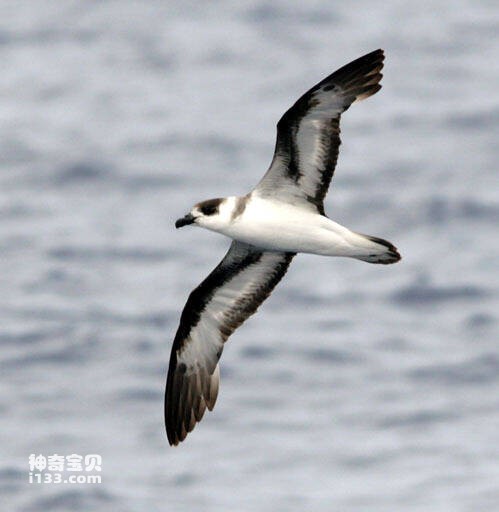
Pterodroma arminjoniana
Pterodroma arminjoniana,Herald Petrel
Messenger's scientific name is Pterodroma arminjoniana, the foreign name···
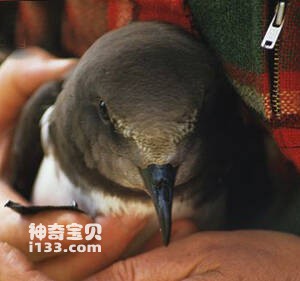
Pterodroma magentae
Pterodroma magentae,Magenta Petrel,Chatham Island Taiko
Pterodroma magentae, Magenta Petrel, Chatham Island Taiko, is unknown.The re···
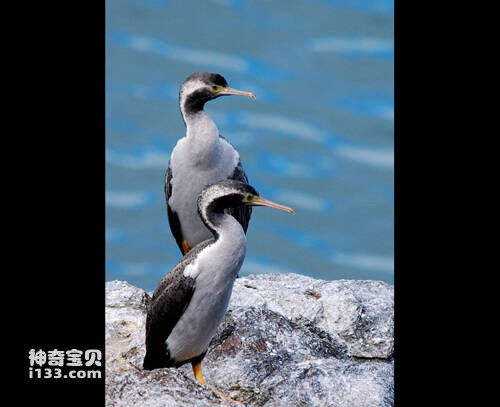
Pterodroma neglecta
Pterodroma neglecta,Kermadec Petrel
Kermadec Petrel, Pterodroma neglecta, is a small petrel.The Katsushima shear···
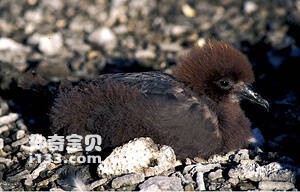
Pterodroma ultima
Pterodroma ultima,Murphy’s Petrel
Murphy's Petrel (Latin name: Pterodroma ultima, Murphy's Petrel) is ···
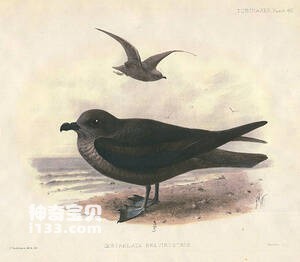
Aphrodroma brevirostris
Aphrodroma brevirostris,Kerguelen Petrel
The short-billed Petrel (Latin name: Aphrodroma brevirostris, Kerguelen Petr···
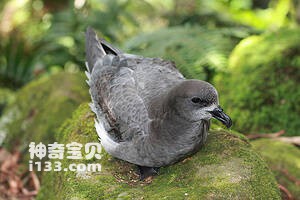
Pterodroma solandri
Pterodroma solandri,Providence Petrel
The brown-headed Petrel (Pterodroma solandri, Providence Petrel) is a Marine···
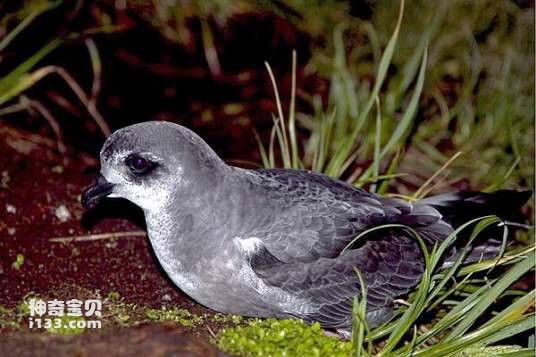
Pterodroma inexpectata
Pterodroma inexpectata,Mottled Petrel
The Petrel (Latin name: Pterodroma inexpectata, English name: Mottled Petrel···
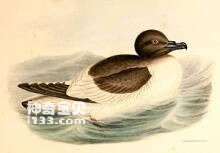
Thalassoica antarctica
Thalassoica antarctica,Antarctic Petrel
The Antarctic Petrel (Thalassoica antarctica, Antarctic Petrel) is a Marine ···
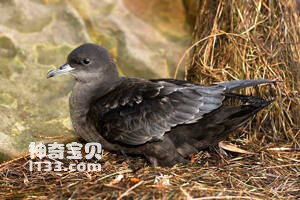
Puffinus tenuirostris
Puffinus tenuirostris,Short-tailed Shearwater
Puffinus tenuirostris is a Short-tailed Shearwater with no subspecies.The sh···

Ardenna pacifica
Ardenna pacifica,Wedge-tailed Shearwater ,Puffin du Pacifique
Ardenna pacifica: Wedge-tailed Shearwater, Puffin du Pacifique, no subspecie···
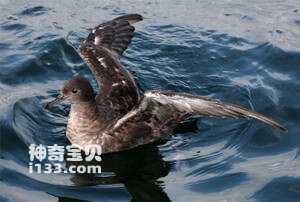
Puffinus griseus
Puffinus griseus,Sooty Shearwater
The Sooty Shearwater (Puffinus griseus) is a medium-sized seabird with no su···
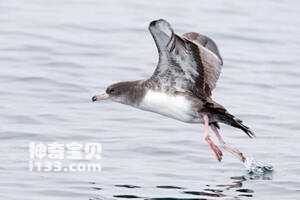
Ardenna creatopus
Ardenna creatopus,Pink-footed Shearwater
footed Shearwater (Ardenna creatopus), footed Shearwater, has no subspecies.···
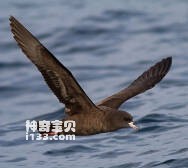
Ardenna carneipes
Ardenna carneipes,Flesh-footed Shearwater,Puffin à pieds pâles,Pardela negruzca,Pardela paticlara,جلم لحمي القدمين
Petrel Ardenna carneipes) Flesh-footed Shearwater, Puffin a pieds pales, Par···
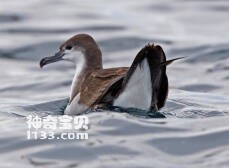
Ardenna bulleri
Ardenna bulleri,Buller's Shearwater,Pardela Dorsigrís
Sooty Shearwater (scientific name: Ardenna bulleri) foreign name Buller'···
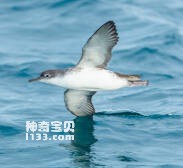
Puffinus yelkouan
Puffinus yelkouan,Yelkouan Shearwater,Pardela mediterránea
Mediterranean Shearwater (Scientific name: Puffinus yelkouan) Foreign name Y···
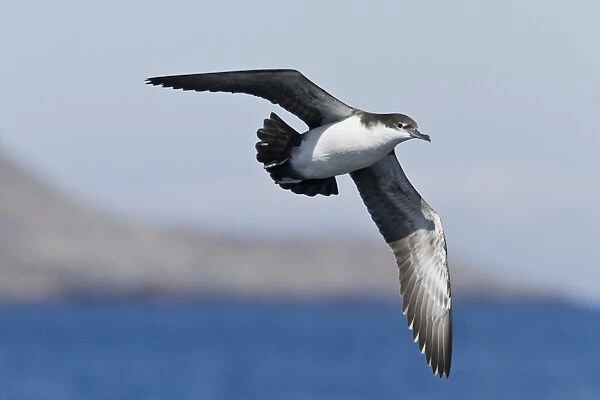
Puffinus subalaris
Puffinus subalaris,Galapagos Shearwater
The Galápagos shearwater (Puffinus subalaris) is a small shearwater. Until ···
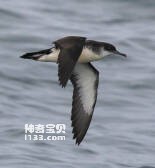
Puffinus puffinus
Puffinus puffinus,Manx Shearwater,Puffin des Anglais
The Atlantic Shearwater (Puffinus puffinus) has two subspecies: Manx Shearwa···
